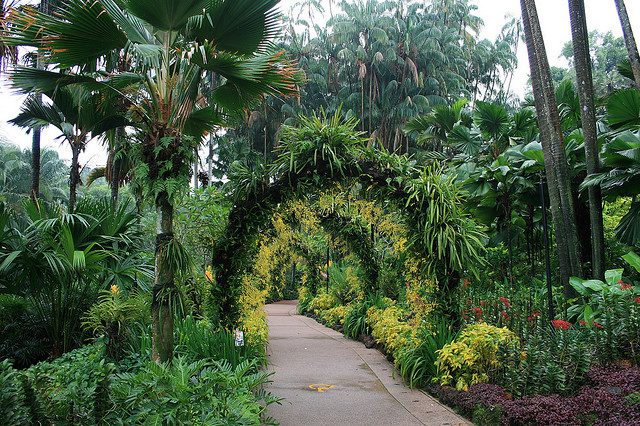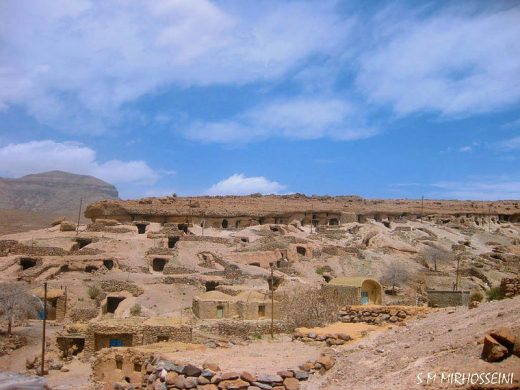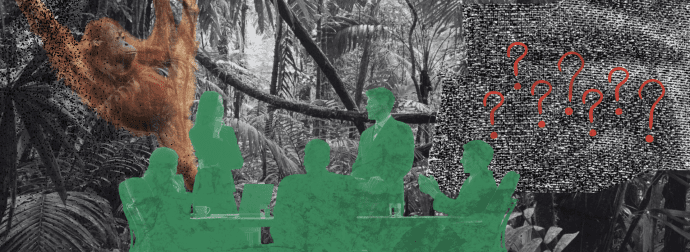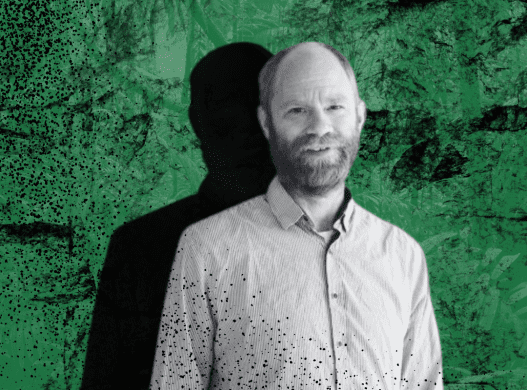Verdens kulturarv

Listen over verdensarv (World Heritage) administreres af UNESCO, FN’s organisation for uddannelse, videnskab og kultur.
I alt 191 lande har tilsluttet sig UNESCO’s Verdensarvskonvention fra 1972. Der er nu 1.007 steder på listen.
Blandt kulturverdensarven er udenlandske perler som pyramiderne i Giza, Taj Mahal i Indien, Akropolis i Athen, Den Kinesiske Mur, Operahuset i Sydney, Yosemite National Park i Californien og dele af regnskoven i Amazonas.
Danmark har i forvejen fået anerkendt seks steder som verdensarv: Kronborg, Roskilde Domkirke, Jelling-stenene med høje og kirke, Stevns Klint, Vadehavet og Isfjorden ved Ilulissat (Jacobshavn) i Grønland.
Steder kan miste deres status som universelle for menneskeheden, hvis de misligholdes. Det er sket to gange: Oman (2007) reducerede et reservat for de ekstremt sjældne oryx-antiloper, mens Tyskland (2009) anlagde en motorvej hen over floddalen, hvor Elben løber, ved Dresden.
BONN (Germany), 4. July 2015 (UNESCO): The World Heritage Committee this morning approved the inscription of six cultural sites on World Heritage List: Tusi Sites (China), Susa, Cultural Landscape of Maymand (both in the Islamic Republic of Iran), Singapore Botanic Gardens (Singapore), Baekje Historic Areas (Republic of Korea), Great Burkhan Khaldun Mountain and its surrounding sacred landscape (Mongolia).
Tusi sites (China)
Located in the mountainous areas of south-west China, this property encompasses remains of several tribal domains whose chiefs were appointed by the central government as ‘Tusi’, hereditary rulers from the 13th to the early 20th century.
The Tusi system arose from the ethnic minorities’ dynastic systems of government dating back to the 3rd century BCE. Its purpose was to unify national administration, while allowing ethnic minorities to retain their customs and way of life.
The sites of Laosicheng, Tangya and Hailongtun Fortress that make up the site bear exceptional testimony to this form of governance, which derived from the Chinese civilization of the Yuan and Ming periods.
Susa (Iran)
Located in the south-west of Iran, in the lower Zagros Mountains, the property encompasses a group of archaeological mounds rising on the eastern side of the Shavur River, as well as Ardeshir’s palace, on the opposite bank of the river.
The excavated architectural monuments include administrative, residential and palatial structures. Susa contains several layers of superimposed urban settlements in a continuous succession from the late 5th millennium BCE until the 13th century CE. The site bears exceptional testimony to the Elamite, Persian and Parthian cultural traditions, which have largely disappeared.
Cultural Landscape of Maymand (Iran)
Maymand is a self-contained, semi-arid area at the end of a valley at the southern extremity of Iran’s central mountains. The villagers are semi-nomadic agro-pastoralists. They raise their animals on mountain pastures, living in temporary settlements in spring and autumn.
During the winter months they live lower down the valley in cave dwellings carved out of the soft rock (kamar), an unusual form of housing in a dry, desert environment. This cultural landscape is an example of a system that appears to have been more widespread in the past and involves the movement of people rather than animals.
Singapore Botanical Gardens (Singapore)
Situated at the heart of the city of Singapore, the site demonstrates the evolution of a British tropical colonial botanic garden that has become a modern world-class scientific institution used for both conservation and education.

Botanisk Have i Singapore
Foto: Joshua Eckert (CC)
The cultural landscape includes a rich variety of historic features, plantings and buildings that demonstrate the development of the garden since its creation in 1859. It has been an important centre for science, research and plant conservation, notably in connection with the cultivation of rubber plantations, in Southeast Asia since 1875.
Danmark har fået endnu to steder optaget UNESCOs verdensarvsliste. Det er den sønderjyske by Christiansfeld og gamle jagtlandskaber i bl.a. Dyrehaven i Nordsjælland.














